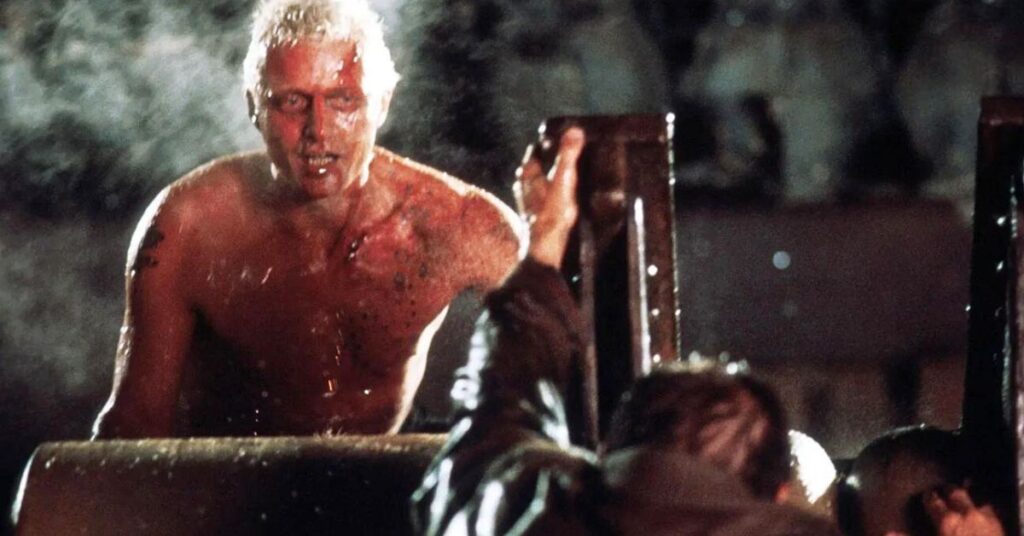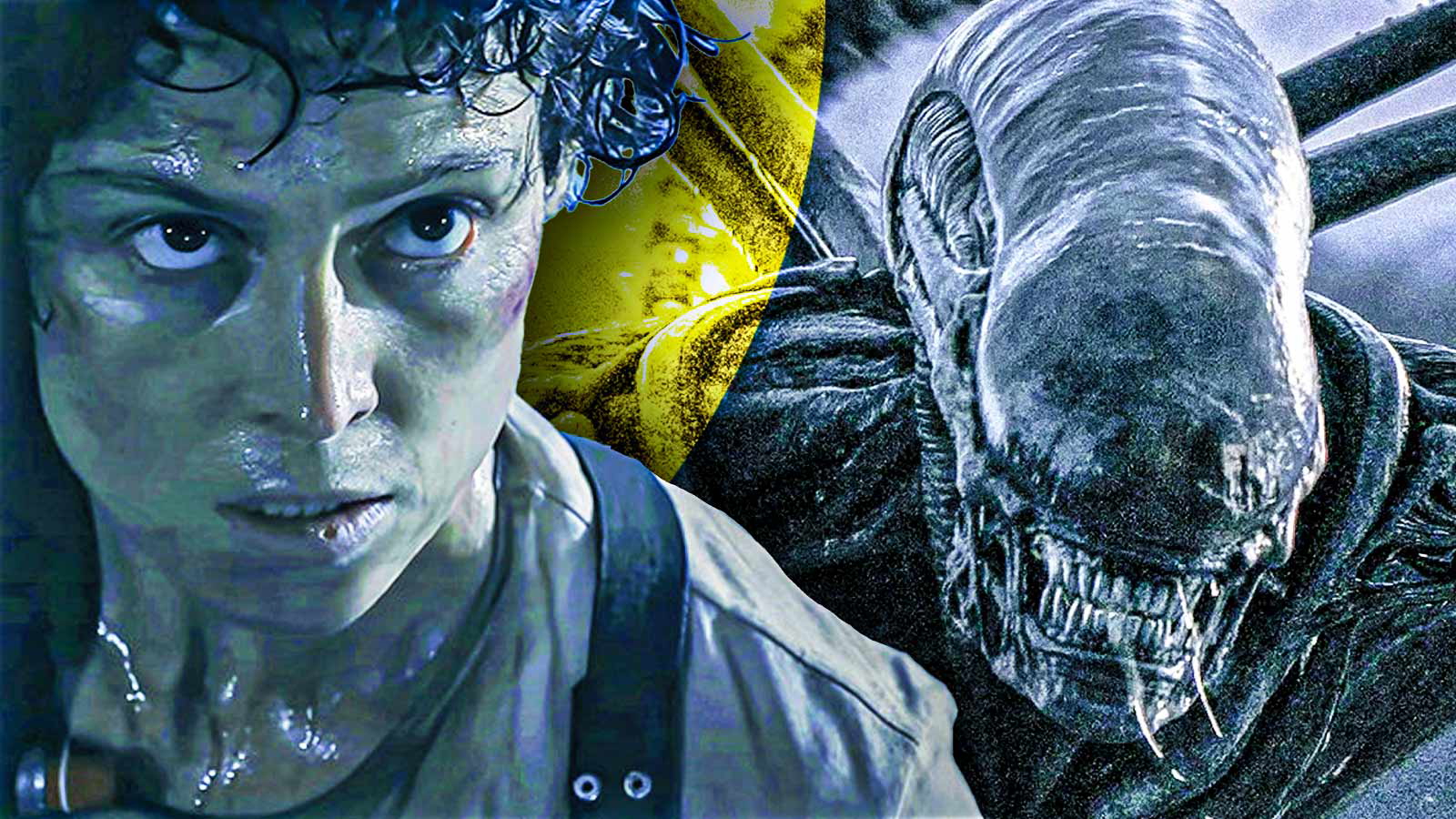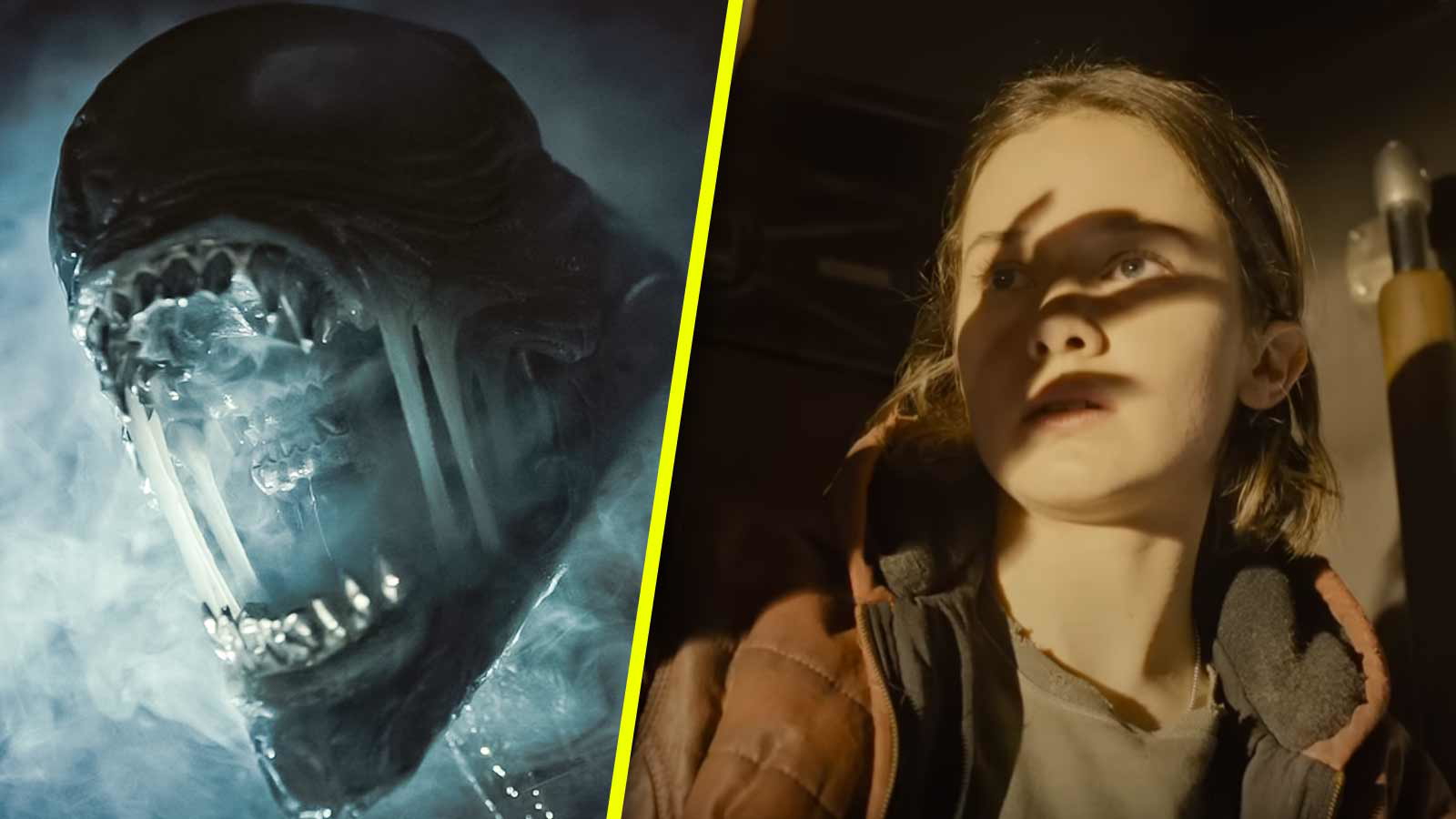The Failure of Blade Runner Led to the Rise of Alien: Ridley Scott Franchises Have Far More in Common Than You Think
- Both 'Alien' and 'Blade Runner' franchises have more commonalities and connections than usually expected.
- Peter Weyland’s journal entry in 'Prometheus' and character moments in 'Alien: Covenant' connect the two worlds along with other hints.
- Events of 'Alien' could be a continuation of the dystopian world seen in 'Blade Runner'.
Ridley Scott is one of the few film directors who have left an impact on the science fiction genre with his Alien and Blade Runner franchises. Both are based on sci-fi horror, have a gloomy tone, and raise some big metaphysical questions about humanity, technology, and the cosmos.
The Alien franchise shows a dangerous extraterrestrial life form and its connection with a business empire that is driven by corporate greed. On the other hand, Blade Runner explores the possibility of a distant future where mechanical creations called Replicants question the nature of existence itself.
Connection Between Alien and Blade Runner
Blade Runner was not a commercial success initially. However, it got its appreciation with the passage of time. Judging by the first looks, both franchises might appear quite different. But the reality is that both worlds share more commonalities than what viewers usually expect.
The two franchises share some common traits when it comes to themes and character representation, and there are even some hidden Easter eggs that hint both worlds are actually one. The first thing that captures attention in this context is the world-building itself.
Both franchises are about a dystopian future where mega-corporations hold the ultimate power. They are the Weyland-Yutani Corporation from Alien and the Tyrell Corporation from Blade Runner. There is a hidden Easter egg in Prometheus that even hints that both corporations might be rivals or partners.
Moreover, there is a journal entry in the Blu-ray release of Prometheus where the founder of the Weyland-Yutani Corporation, Peter Weyland, mentions meeting his mentor, who was understandably the head of the Tyrell Corporation, Eldon Tyrell.
According to Weyland (via Medium), Tyrell played God to run his corporation and used to boast about his Replicants being very advanced. However, Weyland didn’t agree with him and believed he followed an unoriginal way to replicate the power of creation. But it didn’t turn out well for him as according to Weyland’s words, it “literally blew up in the old man’s face”.
That line was a clear reference to Roy Batty killing Tyrell by literally crushing his face. Adding more evidence to this context, Alien‘s 20th Anniversary Edition DVD release hinted at Tom Skerritt’s character working for the Tyrell Corporation before Weyland-Yutani.
Moreover, Ridley Scott himself has spoken about the connection between the two worlds in Blade Runner DVD director’s commentaries. He said (via Slash Film),
When the crew of Alien come back in, they might go into this place and go into a bar off the street near where Deckard lives. That’s how I thought about it.
In the last moments of Blade Runner, Batty stabs his hand with a nail and then smiles at Deckard, saying, “That’s the spirit” after the latter attacks him with a pipe. In Alien: Covenant, Daniels, played by Katherine Waterston, stabs David with a nail, and David repeats the exact words of Batty. Such character parallels make it more obvious that both franchises are deeply connected.
Shared Timeline of Alien and Blade Runner
It is quite interesting to imagine the events of Alien happening in the same world as Blade Runner, just later down the road. The technological advancement and the dominance of big corporations, which are shown in Blade Runner, hint that Alien is its dystopian future.
Both franchises show that in their society, ethics and morals are being sacrificed in the name of progress, which eventually leads to disaster.
In the early 21st century, Replicants were made to be physically superior to human beings to perform risky jobs such as space missions. Still, due to their short lifespan and emotional instability, they were not allowed to go to Earth.
But Tyrell was determined to perfect his Replicants and his corporation continued his work even after his death and finally created Nexus 8 model Replicants which had an unlimited lifespan. But still, they were not stable emotionally.
This technology was further carried on by Weyland and Niander Wallace and the Weyland-Yutani Corporation of the Alien franchise ultimately created androids that were more human-like and were obedient as well.
Blade Runner is available to stream on Prime Video.
Alien is available to stream on Disney+.












